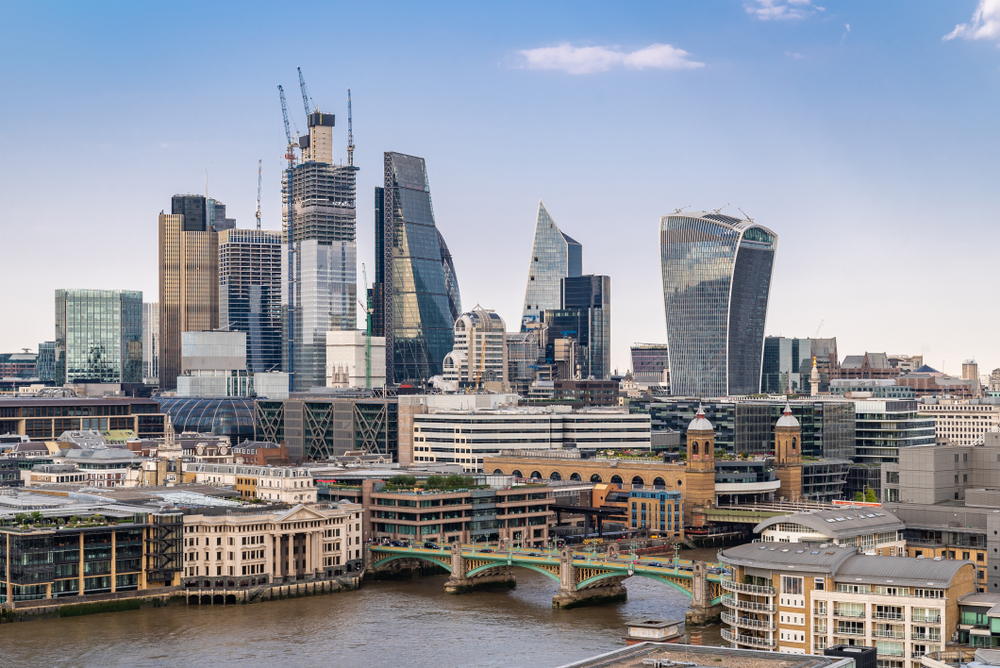
In the business world, the pandemic upended long-term strategy and blue-sky thinking alike. Such was the scale and immediacy of the economic devastation, one thing became immediately clear: the road to recovery would be long and challenging.
In the UK at least, the common view is that the worst financial impacts of the pandemic are behind us, and businesses can once again begin planning for the future, instead of simply operating to survive in the present. Of course, businesses will carry on with some justifiable trepidation: the risk of new waves influencing fresh sets of damaging, stringent social restrictions cannot yet be discounted.
Indeed, just this week the UK’s government responded with a toughening of current guidelines on mask-wearing and working from home. While there is naturally an air of caution following these developments, it can also be said that businesses have not withdrawn into emergency operations in response to these more modest and measured policies – when compared with those of the earliest lockdown. As a result, now seems an apt moment to assess the strength of the UK’s recovery, as we continue to await a truly ‘post-Covid’ trading landscape.
The impact of Covid-19
On a headline level, things look as healthy as could be expected. In 2020, by far the tougher business year of the two, the UK economy declined by 9.9% – even factoring in two pre-pandemic months of growth. Eighteen months on, the economy has recovered impressively. The latest ONS figures put the UK at 0.6% below pre-pandemic levels in September 2021. Now, as we approach the final stretch of ‘recovery’ in the aggregate sense, as productivity looks set to return to prior levels in the very near future, it is reasonable to suggest that the recovery is, in fact, nearly complete. With the traditional December retail season on the horizon to provide a welcome injection of consumer demand, the picture looks rosy for businesses across the board.
Of course, to assess the health of business as a whole, we must look at things on a more granular level than the aggregate economy. After all, for all the negativity and emergency business operations in most sectors, the pandemic did establish a number of success stories. During the earliest and most stringent national lockdowns, for instance, eCommerce naturally took over from the high street and afforded agile businesses the opportunity to reach more customers than ever before: notable winners included food delivery and fast fashion, sectors which translated naturally to purely online delivery.
A more considered indicator of the healthy position that businesses have been able to hold, then, can be found in employment statistics. By September of this year, the employment rate continued its steady rise, reaching 75.4% – only 1.1% lower than pre-pandemic levels.
Naturally, some sectors were hit worse than others – hospitality and service jobs remain vulnerable to new waves and social restriction measures, but in all the employment support measures introduced (including furlough) have done an impressive job of steadying the economy ahead of the green light to resume ‘business as usual’. Chancellor Rishi Sunak has estimated, in fact, that nearly two million fewer jobs were lost than initially expected. The health of employment figures even following the tapering and withdrawal of furlough support indicates that businesses are responding well to life after lockdown, and are well positioned to leverage that into growth in the coming months.
Scope for progress?
Finally, we must look at the impact of the pandemic on trade, and how businesses have progressed since the first impact. Most notably, the UK’s Office of National Statistics (ONS) reported a 40.7% decline in the UK’s exports to the EU year-on-year to January 2021. This huge initial loss will have stung many organisations – the EU have long been the closest and most dependable trading partners with the UK, and so recovering this gap will be critical in helping businesses get off the ground again.
By August, it had in fact resurged impressively – to only 7% below average 2019 levels. Naturally, this indicates there is still some way to go, but the rapid recovery shows promise for the sustainability of demand from the EU, even following Brexit.
Alongside the cost of Brexit, naturally follows the attached opportunity. Encouragingly, UK businesses are increasingly awake to the new prospect of expanding into emerging economies beyond the EU. Countries like China and India, with their high population, strong consumer spending levels, and rapid expansion of internet access, make for ideal target markets for firms who have adjusted well to the eCommerce space through the pandemic. Of course, One World Express is at hand to aid any business looking to firm up their strategy to launch into an exciting new global market!